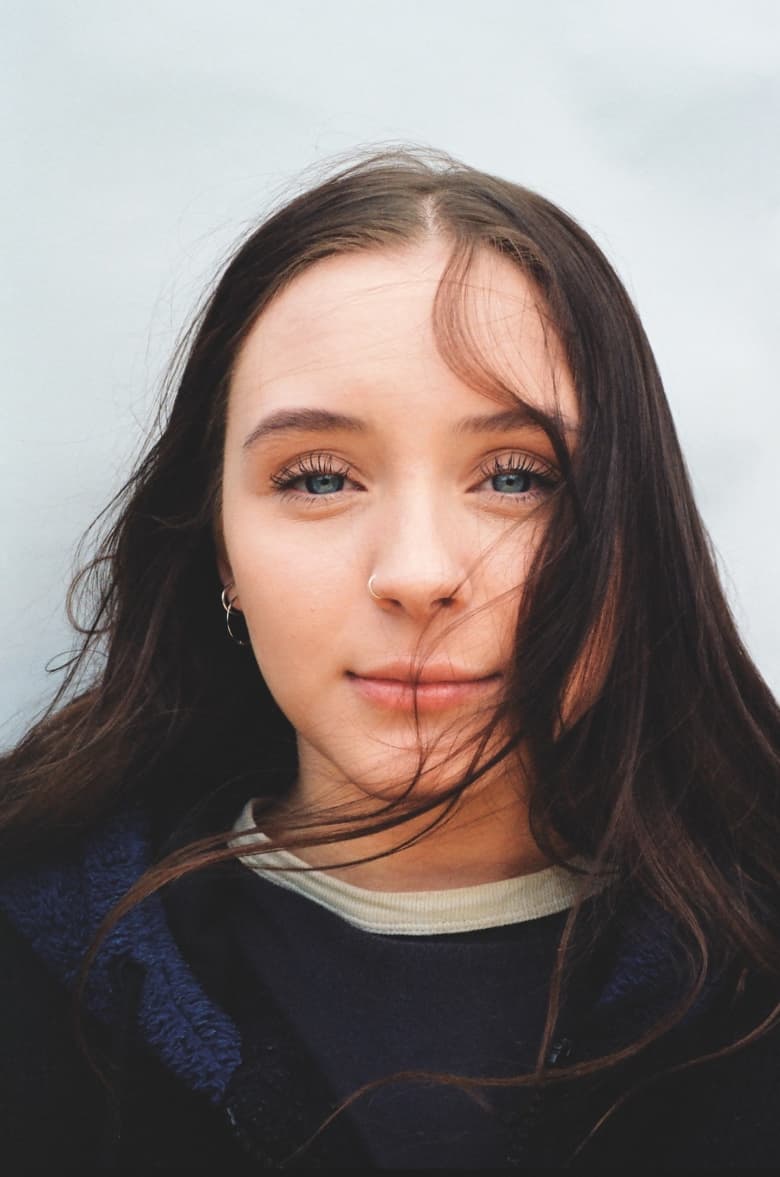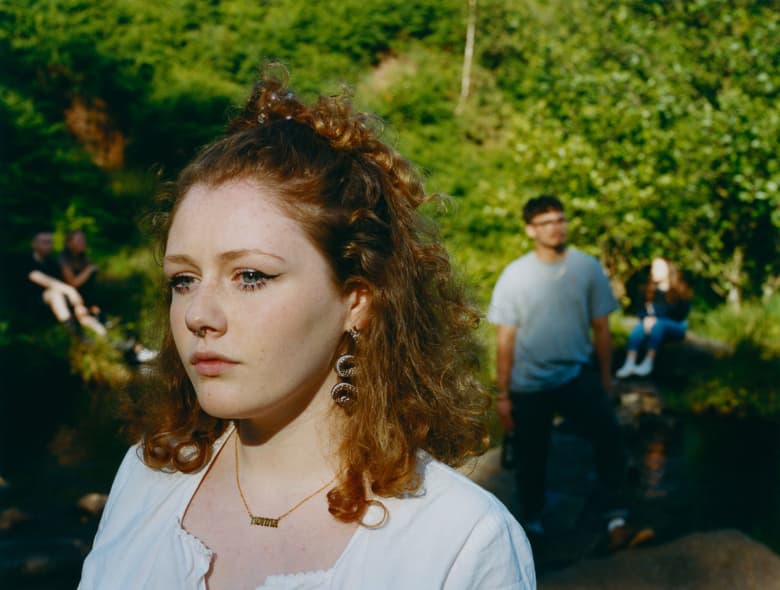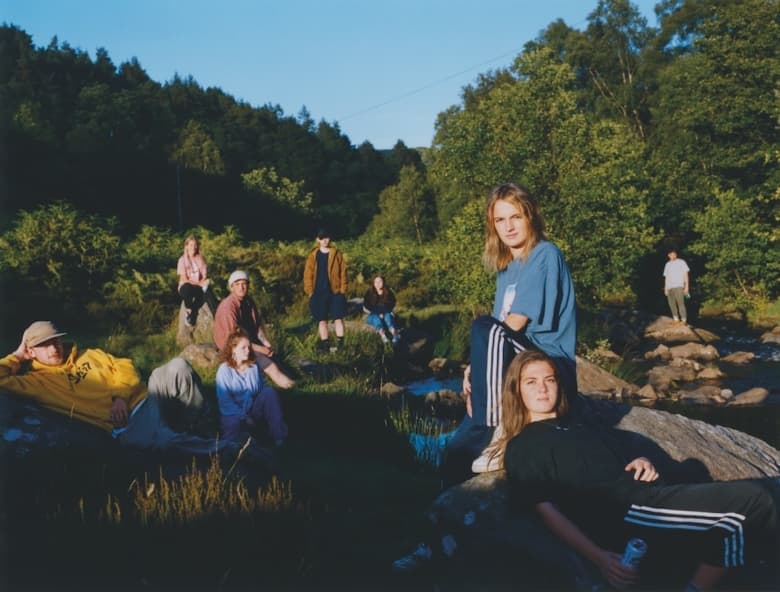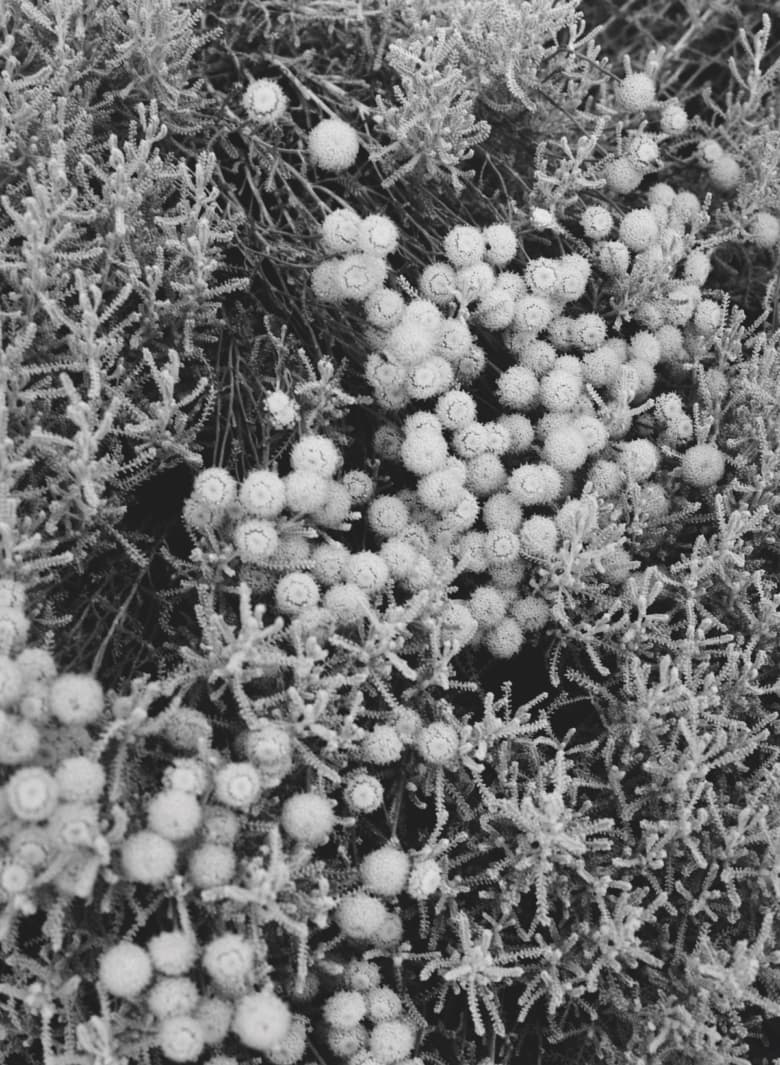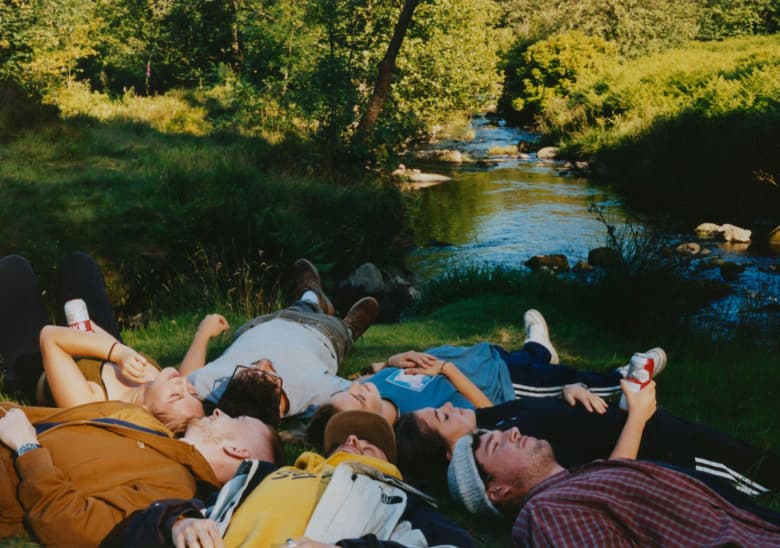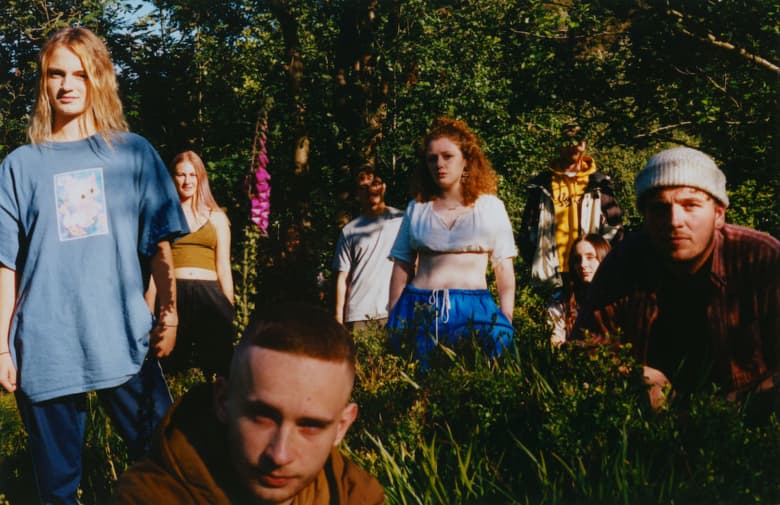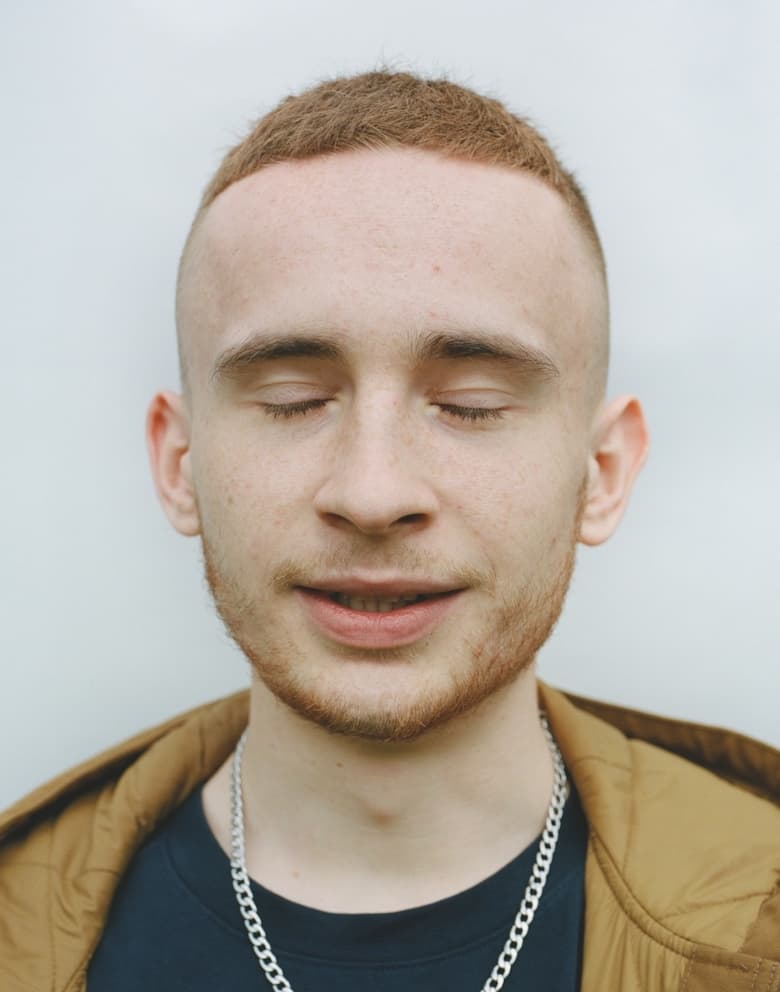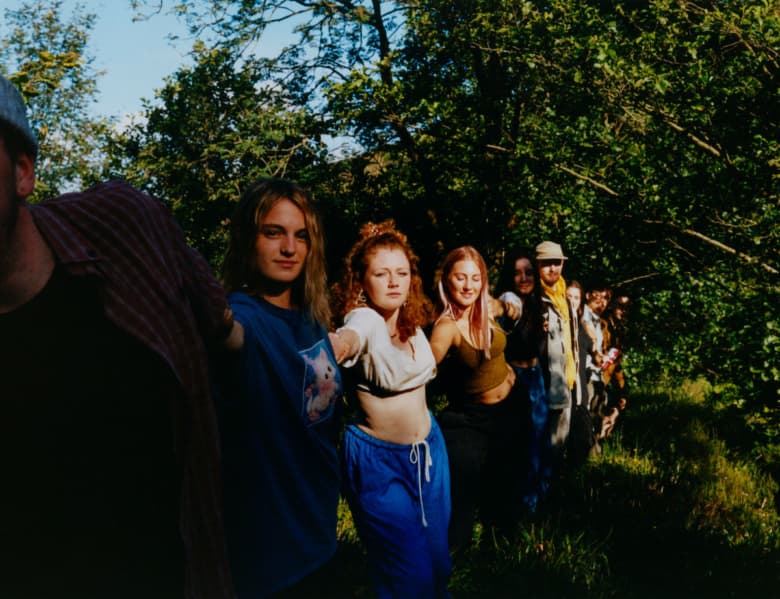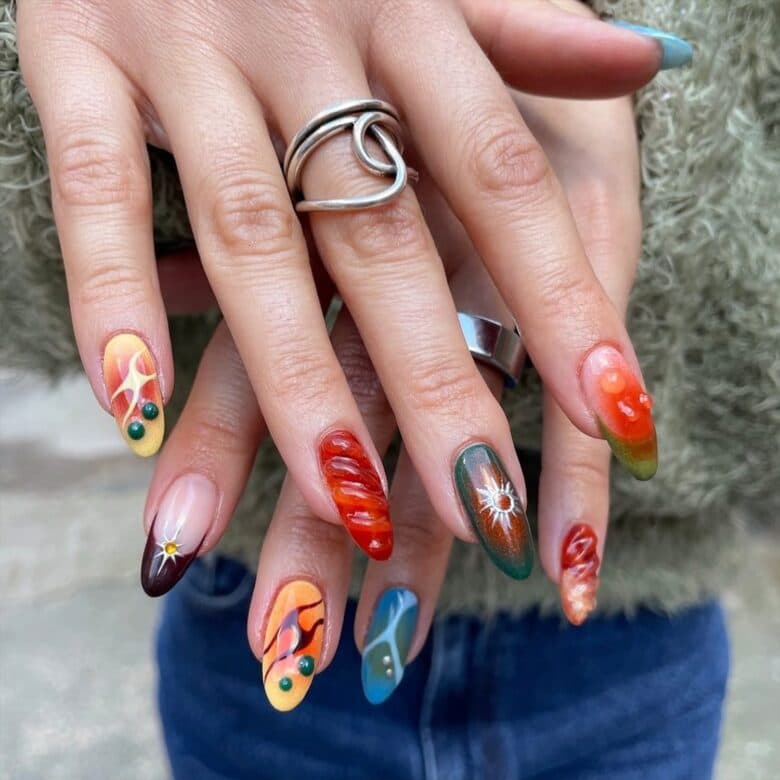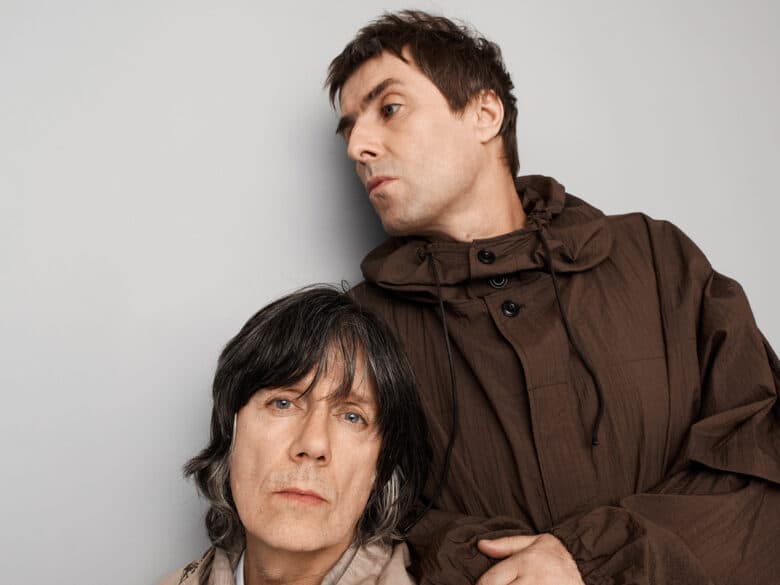The DIY Issue: Chosen Family
For many of us, 2020 has been one of the hardest years that we’ve had to endure. But while it’s undeniably been filled with hardships, it’s also encouraged us to appreciate things we often take for granted. Forced to stay indoors as part of a national lockdown implemented because of the COVID-19 pandemic, many sought to stay connected with their friends via video streams. And so we saw the rise of the Zoom quiz and the short-lived Houseparty trend, but such platforms were unable to offer the genuine human interaction we all need to survive. In a similar sense, our relationship with the great outdoors became increasingly fractured. For millions across the country, and particularly those based in cities, that one piece of activity per day we were permitted became a lifeline, and collectively we acknowledged how important wide open spaces are for maintaining a healthy state of mind.
As the lockdown restrictions were eased, we did the obvious: ran outside to the parks to spend time with friends, to reunite with our chosen families. Photographer Nathan Appleyard sought to document this moment of reconciliation in a new photo essay captured over the summer of 2020. Shot in Blake Dean, a rural piece of moorland not far from his hometown in Yorkshire, and worlds away from the concrete jungle of London where he now lives, the photo series sees a group of friends meeting at their favourite camping spot for the first time after lockdown, recapturing the lost freedom of the teenage summer and presenting an ode to friendship and nature.
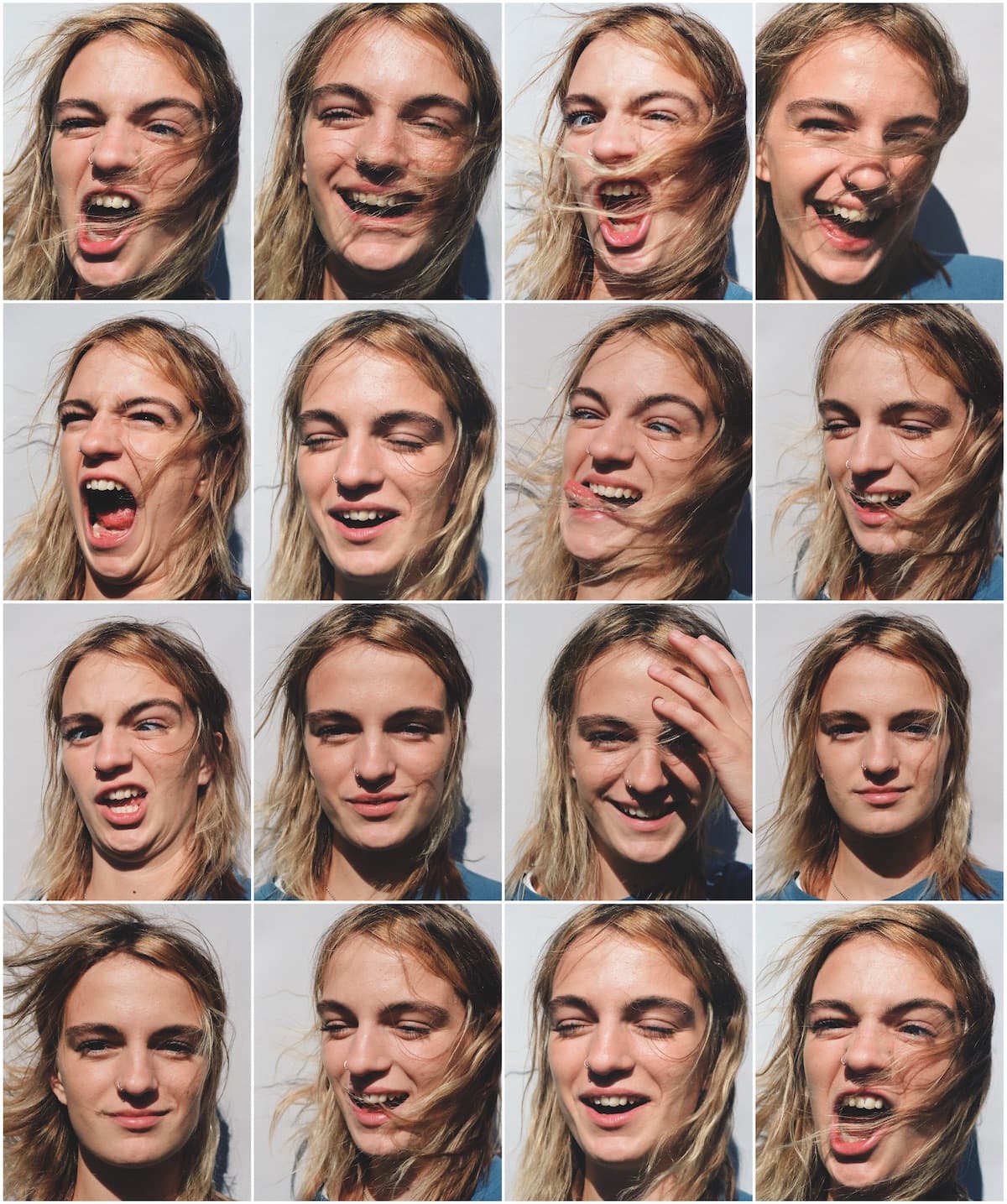
Firstly, where did you grow up?
I was born in Manchester but grew up in Hebden Bridge, which is this hippie oasis between Leeds and Manchester, in West Yorkshire. I had a beautifully normal upbringing, which was quite artsy, with my family being very creative – my dad’s a teacher and my mum does all kinds of things, from pottery to printmaking. I remember doing something called raku in a field with my mum, where you use a hole in the ground as a kiln and sawdust to glaze your pottery. It’s basically a big fire pit you put your ceramics in!
Tell us a bit more about Hebden Bridge.
It’s a unique little town, nestled in the Calder Valley, with lush green hills surrounding it and a canal and river running through it. It has been notorious for flooding in recent years. In the 1970s a lot of creatives, artists, writers, activists, teachers and performers moved here. I’m not 100 per cent sure why, but I imagine it was cheap and a really beautiful place to live. It also has an artistic and literary history – Ted Hughes and Sylvia Plath have a huge association with the area. It’s this creative and open-minded background that defines the place and the people who have grown up here since the 1970s. The general vibe is immediately quite alternative, and for those growing up here it’s a very open environment. There’s a lot of interest in arts and activism.
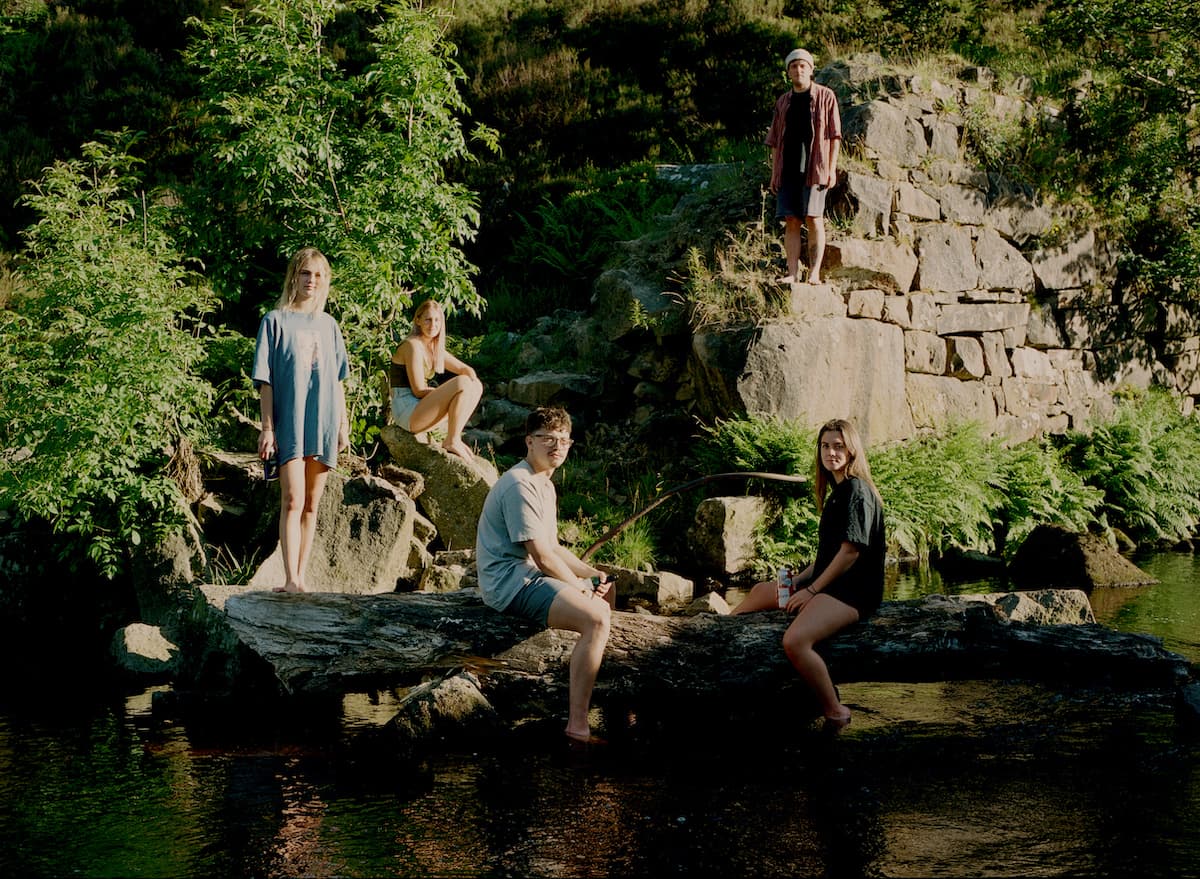
So where did the idea for this project come from?
For some time, I’ve wanted to do a photo story that felt connected to who I am, my background and where I’m from, with the hope of showing a part of me through the images and telling a story that also celebrates Yorkshire and friendship. I got in touch with my sister to see if she and her friends would be interested in having their photographs taken. I wanted to try to get a glimpse of their individual personalities through portraits that almost replicate passport photos, showing some elements of their identity. I then wanted to photograph them within the environment, somewhere I visited when I was younger and not far from where my sister lives. She goes there with our family and her friends to camp. By placing them within the environment, I wanted them to feel quite honest and stationary just being themselves and relaxed, while giving depth to the images and colour through their clothing. In some way, the group images act as a time machine for me, as they could easily be of me and my friends here ten years ago.
It looks like a beautiful space.
It’s called Blake Dean. This is where all my family come wild swimming and to walk the dogs. Sitting above Hebden Bridge, it’s a beautiful wooded Pennine valley, leading you away from civilisation into a bluebell-filled forest with towering trees and ant nests the size of small children.
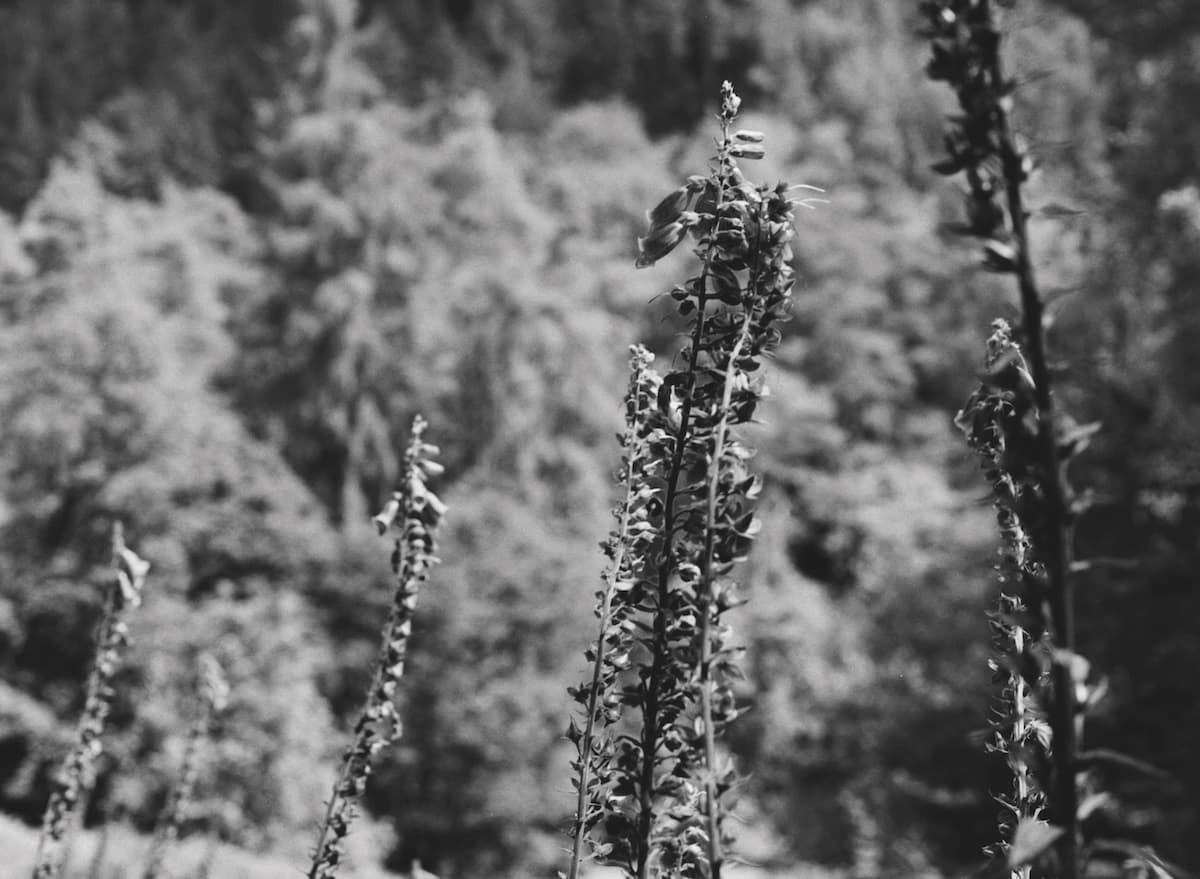
You sound like you have a real infatuation with rural Yorkshire.
My family is there and it’s where I grew up, so it will always be special to me purely for those reasons, but it’s also the landscape – there is so much greenery, hills, trees, canals and woods that you can go and get lost in. You feel a million miles away from London, which is where I live now. Suddenly you remember there’s all this countryside in England, not just expensive bars and cafes in Hackney!
What inspires you more, the city or the countryside?
I think they both inspire in different ways. In the city I see great architecture, go to restaurants with cuisines from around the world, visit exhibitions and see a much wider and more multicultural array of influences, which is what make cities so exciting and important, especially for people who have led relatively sheltered existences growing up in Yorkshire towns! The countryside gives me a more relaxed and naturally beautiful resource to tap into and explore.
The DIY Issue is out now, get your own copy here.
